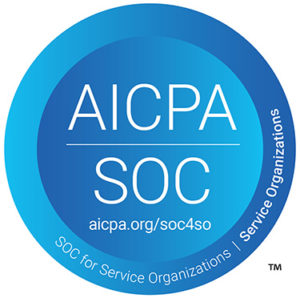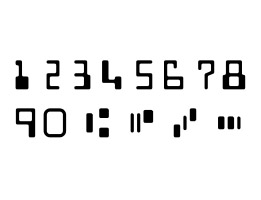|
This is the sixth installment in our ongoing discussion of best practices in project management. As banks engage in large scale projects like teller check capture installations, managing the project is crucial to achieving the time and budgetary goals in order to achieve ROI on the project. As was stated in the last issue, the key to a successful project is communication. In previous issues of Digital Communications, we’ve looked at developing a project charter, developing the project scope,creating a work breakdown structure, selecting the project team and developing the project team. In this issue, we will hone in on the factors of successful communication within the project team and with external stakeholders. Managing CommunicationCommunication management begins with understanding the different types of communication that occur within an organization. There are four basic types of communication: formal written, informal written, formal verbal, and informal verbal. Formal written communication takes the form of written proposals, project plans and charters, and even communication over long distances. Informal written communication would take the form of emails, notes taken during a meeting, etc. Formal verbal communication would be in the form of presentations, while informal verbal communication would be in the form of conversations. Obviously, in our age of advancing technology, there are a wide variety of communications tools that we use on a daily basis. While in the office, we communicate face to face, however, over distances we use tools like the telephone, email, SMS, Skype, through social media sites (Facebook, Twitter, LinkedIn, etc.), through blogs, and yes at times, we still may send or receive a fax once in a while. Communication CornucopiaThe challenge with communication is that different people have different communication styles and strengths. This is compounded when we add regional, ethnic, or language differences to the mix. Sometimes the message that we send is not understood or interpreted the way that we intended it. The number of people within a team or organization presents a multiplier effect as to the number of communication channels one must navigate. The formula for determining the number of communication channels is n(n-1)/2. So, for example, if your organization has ten people in it, there are 45 communication channels. 10(10-1)/2 or (10×9)/2 or 90/2=45. The Whos and Whats at StakeThese are some of the reasons that communication is so important and such a challenge for any project. The project manager’s first and most important task is to identify all stakeholders on the project and keep current communication flowing to each of them. Communication is crucial to ensuring that all stakeholder’s needs have been met and to avoid surprises at key milestones of the project. For more information or if you have questions, please contact Paul Rupple, PMP at (847) 446-2285, or by email. |
Check out Digital Check’s Teller and Branch Products:
|





